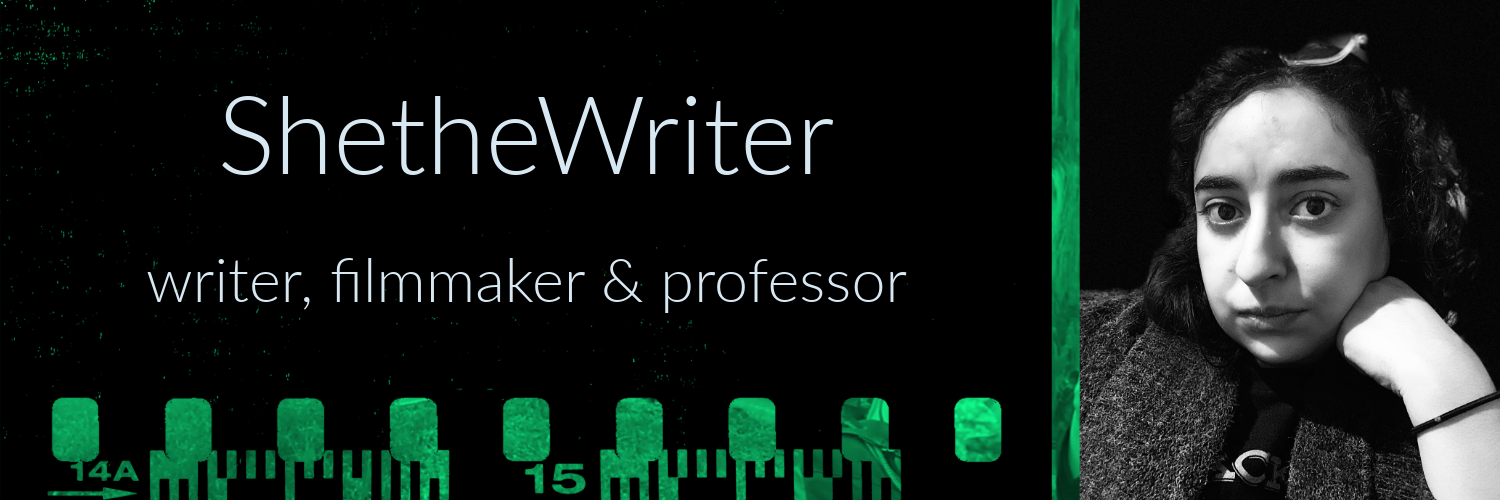tell, don't tell, don't have to tell, you can tell, shouldn't wouldn't tell. Okay, linguistic differences.
You have your mood, your purpose, and your character.
today, i rode equus. but
the other day I found a conundrum that gave me some examples of linguistic differences; those are the differences that happen when you find more than one way of saying the same thing for the same purpose. What characterizes masculine and feminine linguistics? Examples are best, especially because I have pioneered this study. If you have any recommended sources to help me learn more about this, please let me know.
Masculine linguistics have less context. They may sound a bit less natural and use fewer words. When you are writing drama, however, it is important to become familiar with masculine linguistics in your writng. Masculine linguistics make use of statements and orders more often than questions. They are so concise that a sensitive comment can end up sounding cruel. This is great for adding friction to a romance!
Feminine linguistics make excellent use of context. Statements are presented as questions. In languages like French, this is common. Feminine linguistics make use of options, and are more natural and communicative. If you are trying to achieve lifelike dialogue witha multitude of characters, feminine linguistics are useful. They make use of appealing to the subject, and can be more effective for the speaker if they are using their speech to get something they want.
Examples:
Masculine:
As order: "Bring me that book please."
As statement: "I want you to bring me that book."
Feminine:
As question: "Will you please bring me that book?
As statement: "I would love it if you brought me that book on the table, there."
In my case, I had two male characters. One is a feminine archetype and the other masculine. The feminine archetype is treading around some sensitive information in their conversation. The masculine archetype wants to hear this sensitive information, but doesn't want to be insensitive to the consequences of his demand. The feminine archetype is having a hard time confessing his secret, and my linguistic possibilities for the masculine archetype's response were thus:
Masculine version: "Don't tell me if you're going to panic."
Feminine version: "You don't have to tell me."
I thought the first option would be the obvious choice, because he is a masculine archetype. But as the scene is carried entirely by kinetics and dialogue, and the character is so young, I wanted to double check. I reworked my options based on preserving diction (word choice) and sentence structure:
Masculine version: "Don't tell me if you're going to panic."
Feminine version: "Don't tell me if it's going to make you panic."
All the options are incited by sensitivity, but not all of them express that. Since the masculine options were both the same, I wanted to keep it. However, knowing how much the character wanted this information, I decided that the first feminine option would be the best for him. It is the only one which doesn't explicitly say "don't tell me."
Aw, so technical. What's gotten into her? Wellwellywellywellywellwell, she hasn't taught for awhile. And don't we miss the listening! (and the dough). I know
a boy who is a good cook and a bad eater, this love bleeds black. so he thinks, so. beck, so, alone! It's just me and him and him and him and him, and him, and him, and him........there is breath!
